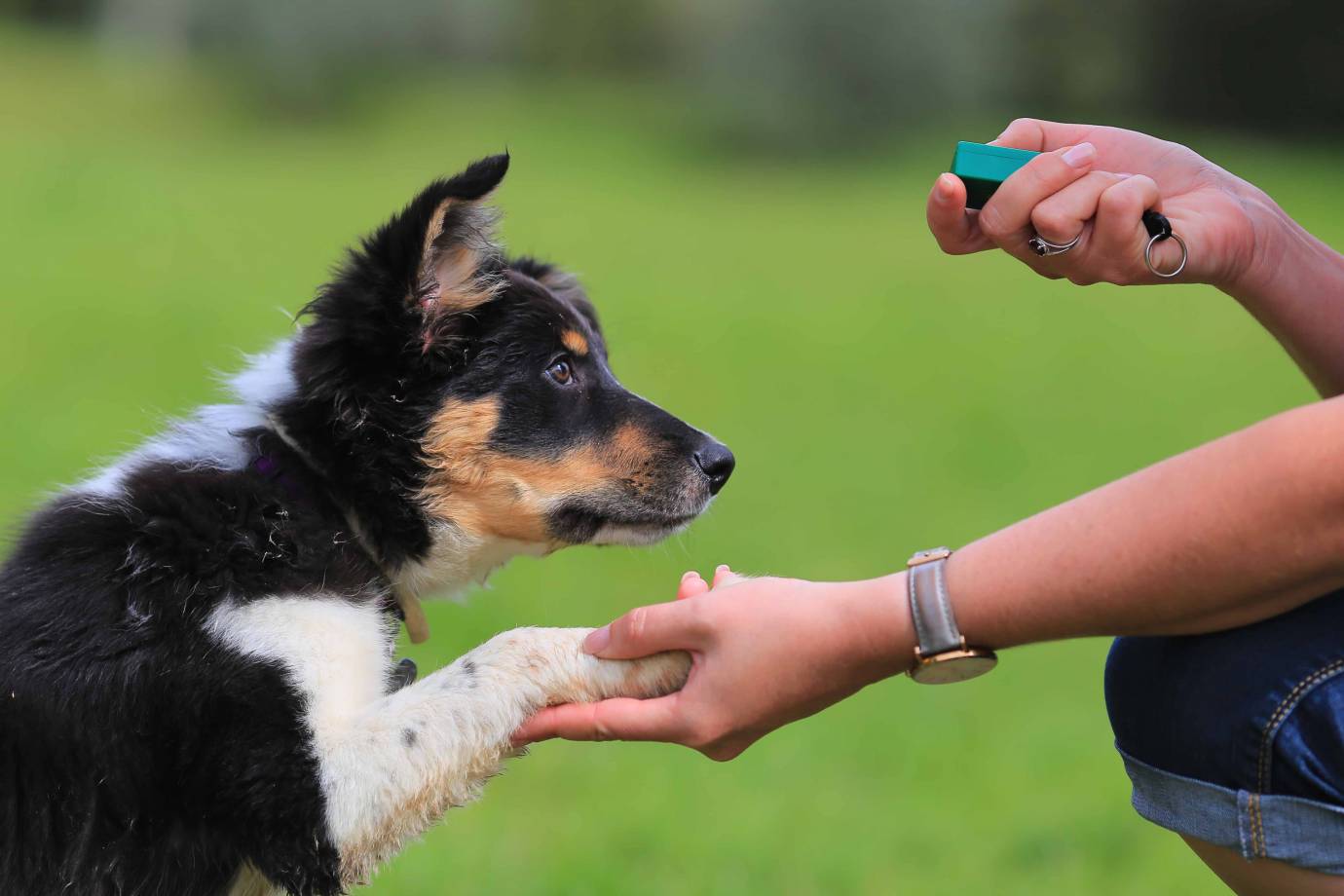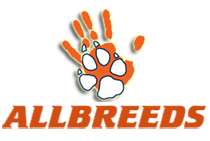Building a Stronger Bond: Training Techniques for You and Your Dog
Introduction
Training your dog is about more than just teaching them basic commands and tricks. It’s a way to establish a deeper connection, build trust, and create a strong bond between you and your furry friend. In this article, we’ll explore the importance of bonding, various training techniques for both beginner and advanced levels, and how to overcome common challenges during the training process. So, are you ready to strengthen your bond with your canine companion? Let’s dive in!
The Importance of Bonding
Trust and Communication
A strong bond between you and your dog is built on trust and communication. Training your dog helps to establish this trust, as it teaches them to look to you for guidance, reassurance, and direction. Moreover, it helps improve communication, as you’ll both learn to understand each other’s signals, body language, and vocal cues. A stronger bond means a more harmonious relationship, making your lives together more enjoyable and fulfilling.
Enhanced Training Results
When your dog trusts you and has a strong bond with you, they’ll be more eager to please you, making training sessions more successful. A dog that is fully engaged and motivated will learn commands and tricks more quickly and be more receptive to your guidance. In turn, this can lead to a more well-behaved and content dog, making your life as a dog owner much easier.
Basic Training Techniques
Positive Reinforcement
One of the most effective and widely-used training methods is positive reinforcement. This technique involves rewarding your dog with treats, praise, or physical affection when they perform the desired behaviour. By reinforcing good behaviour, you’re encouraging your dog to repeat it, ultimately creating a well-mannered and obedient companion.
Clicker Training
Clicker training is a form of positive reinforcement that uses a small, handheld device that makes a clicking sound. The clicker is used to mark the exact moment your dog performs the desired behaviour, followed by a reward.

This method helps your dog associate the click with the reward, making it easier for them to understand what you’re asking of them.
The Power of Consistency
Consistency is key in any training method. It’s essential to use the same commands, hand signals, and rewards each time your dog exhibits the desired behaviour. This consistency helps your dog learn more quickly and prevents confusion, ensuring a smoother training process.
Advanced Training Techniques
Shaping
Shaping involves breaking down complex behaviours into smaller steps, allowing your dog to gradually learn each component before putting them all together. This method is particularly useful for teaching advanced tricks or tasks that require multiple steps. By rewarding your dog for each small step they complete, you’ll keep them engaged and motivated throughout the learning process.
Targeting
Targeting is a technique where you teach your dog to touch a specific object or location with a part of their body, such as their nose or paw. Once your dog has mastered the basics of targeting, you can use this skill to teach them more advanced behaviours, such as turning on lights, opening doors, or even assisting with household chores.
Fetching, Agility, and Other Fun Activities
Incorporating fun activities into your training sessions not only strengthens your bond but also keeps your dog mentally stimulated and physically active. Activities like fetch, agility courses, and scent tracking provide opportunities for you to teach new commands while engaging in enjoyable playtime together.
Training Challenges and How to Overcome Them
Understanding Your Dog’s Personality
Every dog has a unique personality, which can influence how they respond to training. Some dogs may be more stubborn or easily distracted, while others may be eager to please and highly motivated. Understanding your dog’s temperament can help you tailor your training approach to better suit their individual needs and preferences.
Dealing with Distractions and Setbacks
Patience is Key
Training your dog can sometimes be challenging, especially when dealing with distractions or setbacks. It’s important to remain patient and persistent, remembering that every dog learns at their own pace. By staying positive and celebrating small victories, you’ll help maintain your dog’s motivation and enthusiasm for learning.
Conclusion
Building a stronger bond with your dog through training is a rewarding experience for both of you. By utilising a variety of training techniques and understanding your dog’s unique personality, you’ll create a trusting, communicative relationship that will last a lifetime. Embrace the challenges and enjoy the journey as you and your canine companion grow and learn together.
FAQs
1. What age should I start training my dog?
You can begin training your dog as early as 8 weeks old, but it’s never too late to start. Older dogs can still learn new behaviours and commands, although it may take a little more patience and consistency.
2. How long should my training sessions be?
Short, frequent training sessions are more effective than long, infrequent ones. Aim for 5-10 minutes per session, multiple times per day, to keep your dog engaged and motivated.
3. What should I do if my dog isn’t responding to a particular training technique?
If your dog isn’t responding to a specific technique, try a different approach or method. Each dog is unique, and what works for one may not work for another. Be patient, and be willing to adapt your training methods to suit your dog’s individual needs.
4. How can I ensure my dog’s safety during training sessions?
Always supervise your dog during training sessions, and make sure the environment is safe and free from potential hazards. Use positive reinforcement methods to avoid causing fear or anxiety and never use physical punishment.
5. How can I maintain my dog’s training and continue to strengthen our bond?
Keep training sessions consistent and engaging, and continue to introduce new commands and activities to keep your dog mentally stimulated. Regularly spend quality time with your dog through play, exercise, and grooming to maintain and strengthen your bond.

